Acer Palmatum in zone 4
canadianplant
11 years ago
Related Stories
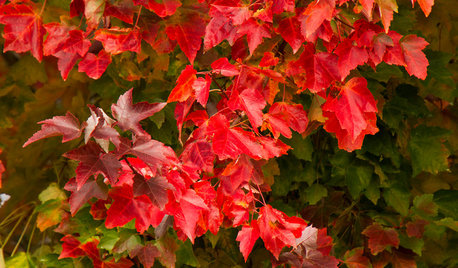
TREESGreat Design Plant: Acer Rubrum Brings Shade and Beauty
Red maple — a fast-growing, low-maintenance Eastern native — has spectacular fall foliage and early-spring flowers that feed pollinators
Full Story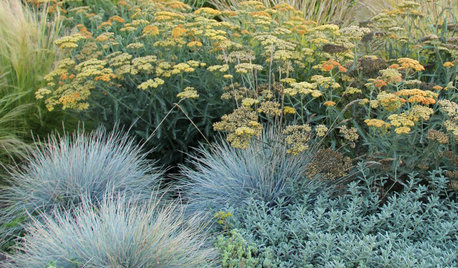
LANDSCAPE DESIGNTexture Talk: 4 Foliage Types for Distinctive Gardens
Contrast these leaf textures for plants that stand out and a landscape that draws you in
Full Story
GARDENING GUIDES13 Japanese Maples for Shade
A surprising variety of these understory trees is waiting to make a statement in your shade garden
Full Story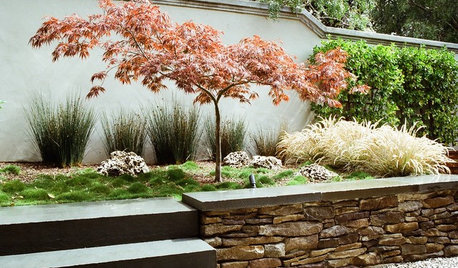
GARDENING AND LANDSCAPINGGreat Design Tree: Japanese Maple
Lacy form and fiery fall color make Japanese maple a welcome tree for garden or patio
Full Story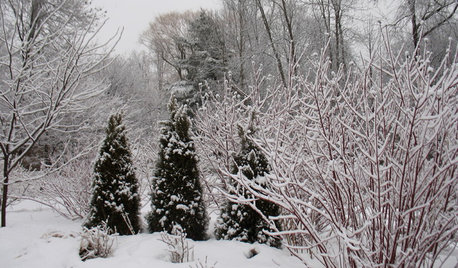
NORTHEAST GARDENINGNortheast Gardener's December Checklist
Wildlife and evergreens provide plenty of winter interest, but barer views offer their own benefits for gardens
Full Story
GARDENING GUIDES12 Japanese Maples for a Sunny Garden
The right maple in the right place shines in hot summer sun
Full Story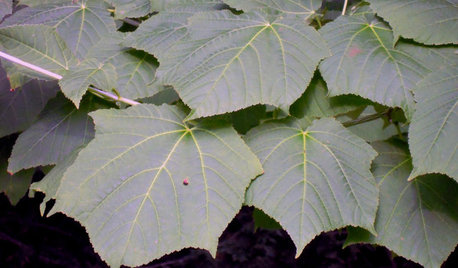
GARDENING GUIDES5 Amazing Small Maple Trees
There's more to maples than syrup. Expand your maple milieu with any of these 5 small and unusual trees
Full Story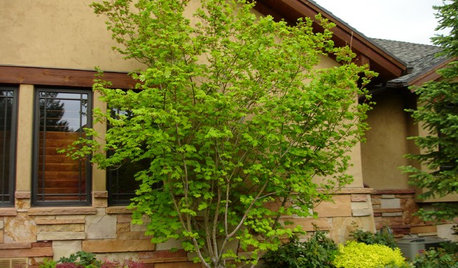
LANDSCAPE DESIGNGreat Design Plant: Vine Maple
Exciting year-round color and adaptability make this highly ornamental native small tree a top choice for home gardens
Full Story
WINTER GARDENINGHow to Help Your Trees Weather a Storm
Seeing trees safely through winter storms means choosing the right species, siting them carefully and paying attention during the tempests
Full Story
TREES11 Japanese Maples for Breathtaking Color and Form
With such a wide range to choose from, there’s a beautiful Japanese maple to suit almost any setting
Full StoryMore Discussions






gardengal48 (PNW Z8/9)
picea
Related Professionals
Saint Charles Landscape Architects & Landscape Designers · Allentown Landscape Contractors · Del Aire Landscape Contractors · Fort Worth Landscape Contractors · Manhattan Landscape Contractors · Norwalk Landscape Contractors · Shaker Heights Landscape Contractors · Northlake Landscape Contractors · Eagle Mountain Fence Contractors · Kendall Fence Contractors · Pacifica Fence Contractors · Provo Fence Contractors · San Leandro Fence Contractors · The Villages Fence Contractors · Woodland Hills Fence Contractorspicea
tsugajunkie z5 SE WI ♱
ginkgonut
canadianplantOriginal Author
garcanad
canadianplantOriginal Author
ja-gardener